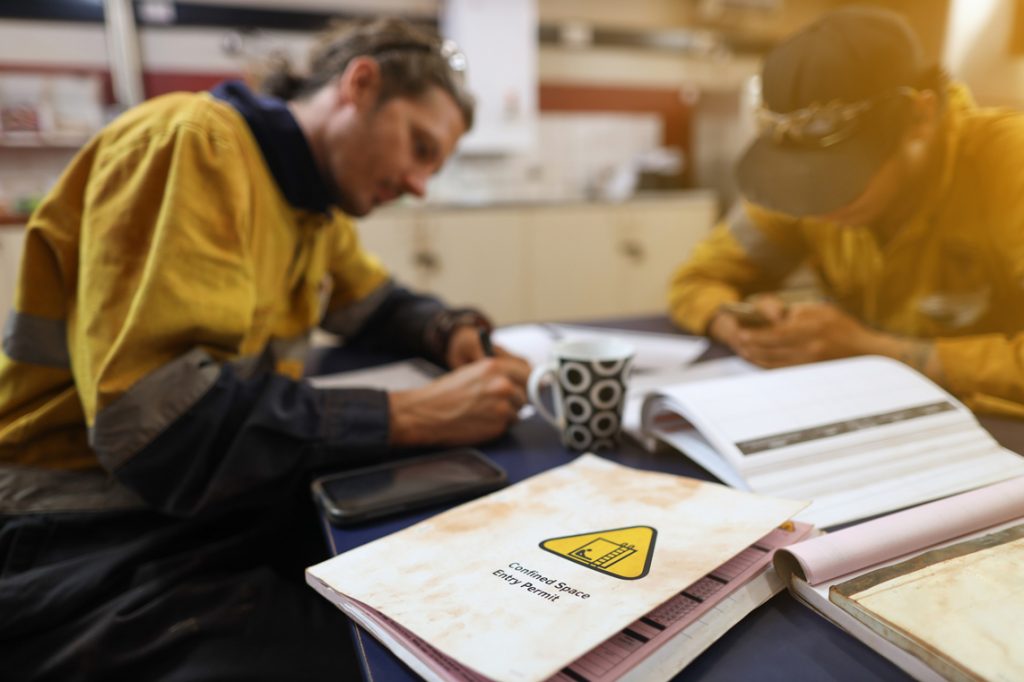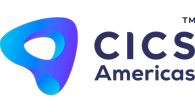
What you need to know about the SASISOPA certification audit
SASISOPA (Industrial, Safety, Operational Safety, and Environmental Protection System) is a set of interconnected and documented elements whose purpose is to prevent, control, and improve an offshore facility’s performance in terms of industrial, operational, and environment protection.
Objective
Systematize, coordinate, and secure the procedures and tools that allow the prevention of incidents, creating a better document control, better internal methods, and greater coordination in audits, as well as environmental protection with a prevention approach and operational safety control.
History
After the 2013 Energy Reform in Mexico, regulatory entities restructured to implement the changes within all activities related to the energy industry, such as the offshore operations in shallow or deep waters.
ASEA (Agency for Safety, Energy, and Environment) is one of the institutions that underwent notable modifications. Since the reform, the agency developed a risk management and prevention system to protect people, facilities, and the environment called SASISOPA. All participants in the sector must comply with the regulation.
In August 2014, the government enacted the Agency for Safety, Energy, and Environment of the Hydrocarbons Sector Law, regulating and supervising:
- Industrial and operational safety.
- Dismantling and abandonment of installations.
- Waste and emissions control.
Elements
- Industrial and operational safety and protection of the environment.
- Assessment of the physical and operational integrity of the facilities.
- Risk analysis, preventive measures, incident mitigation, and identification of possible consequences to the population, environment, and facilities.
- Industrial and operational safety and protection of the environment best practices implementation.
- Objectives, goals, and metrics to measure performance.
- Assignment of roles and responsibilities to implement the management system.
- Training plan.
- Activity and process control.
- Internal and external communication mechanisms.
- Document control.
- Safety provisions for contractors.
- Accident prevention and emergency response.
- Procedures to register, investigate, and analyze incidents and accidents.
- Monitoring, verification, and assessment of the performance management system.
- Procedures for internal and external auditing.
- Legal requirements.
- Verification results review.
- Performance report.

General aspects
The SASISOPA implementation must be tailor-made based on the operating condition of the organization.
The process applies to all life cycle of the project: design, construction, operation, shutdown, dismantling, and abandonments.
These are the two key concepts regarding the administrative dispositions of SASISOPA:
- Conformation: a set of documents of the management system per each of the 18 elements that integrate SASISOPA.
- Implementation: gradual start of the operations following the management system, and the deadline described in the program.
Before starting with the development of SASISOPA, it’s essential to define the areas and people responsible for the conformation, implementation, assessment, and improvement of the management system, who will become the technical representatives before ASEA’s eyes.

See also: 7 ways audits create value for your organization
Types
- Industrial: applied to activities in the hydrocarbons sector that go from survey and exploration to storage.
- Commercial: applied to activities related to the sale to the public of natural gas, and distribution and sale of the public of liquefied petroleum gas and petroleum products.
An organization can define the SASISOPA type that needs by determining it’s processes map, knowing the permit granted by the Energy Regulation Commission (CRE for its Spanish acronym), and the stages of the hydrocarbon sector value chain.
The SASISOPA certification audit
ASEA has a list of companies, known as authorized third parties, in charge of the following activities for the operator:
- External auditing.
- Correspondance with SASISOPA report.
- Assessment report of the implementation program.
- Root cause investigation of accidents and incidents.
Regarding the audit’s duration, the operator needs to consider the following:
- Assessment and hiring of the third-party.
- Conformation of SASISOPA and the implementation program.
- Delivery of the report.
- ASEA’s response to obtain SASISOPA’s authorization.
- System implementation.
- Performance evaluation of the system.
An industrial SASISOPA certification audit audit is shaped by:
- Audit plan.
- Verification certificate.
- Verification list.
- Audit report.
- Action plan based on the findings.

For distribution activities, operators need a report issued by the authorized third-party, which must include the pertinent documentation, the technical evaluation of the implementation applied to the project in question, and the correspondence report.
The SASISOPA certification audit helps you protect your personnel, facility, and the environment but also allows you to comply with the regulation and make your business grow.
Source: Gobierno de México

